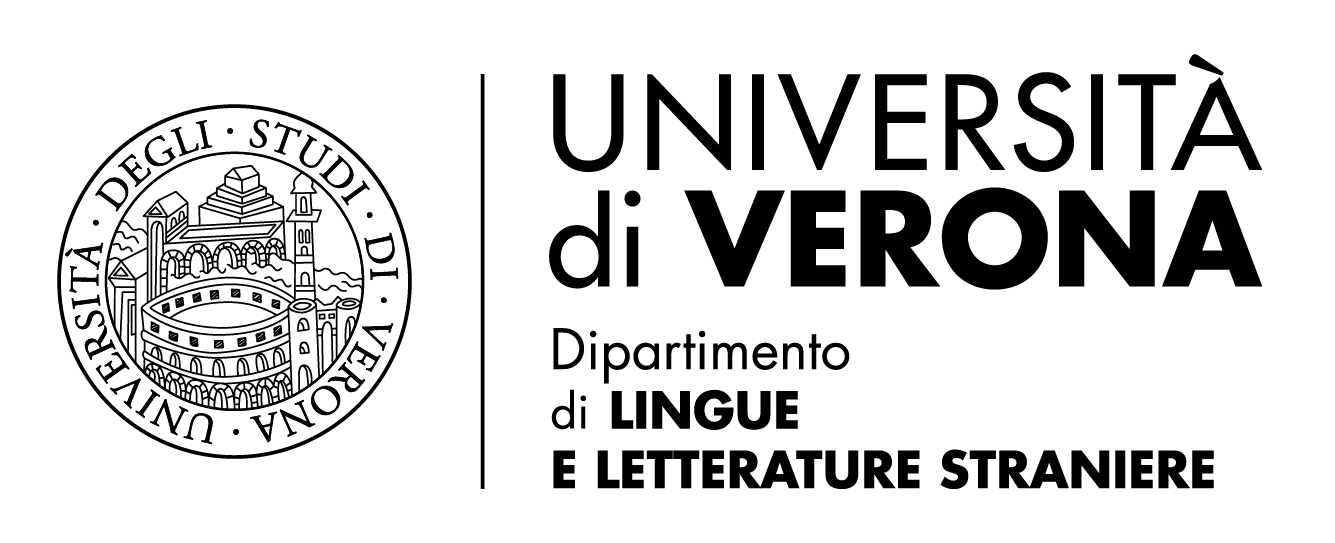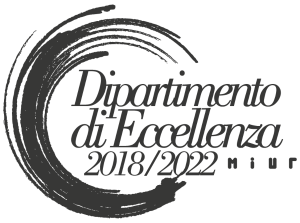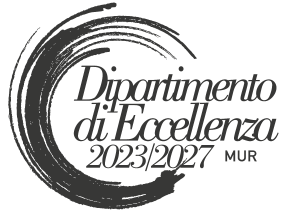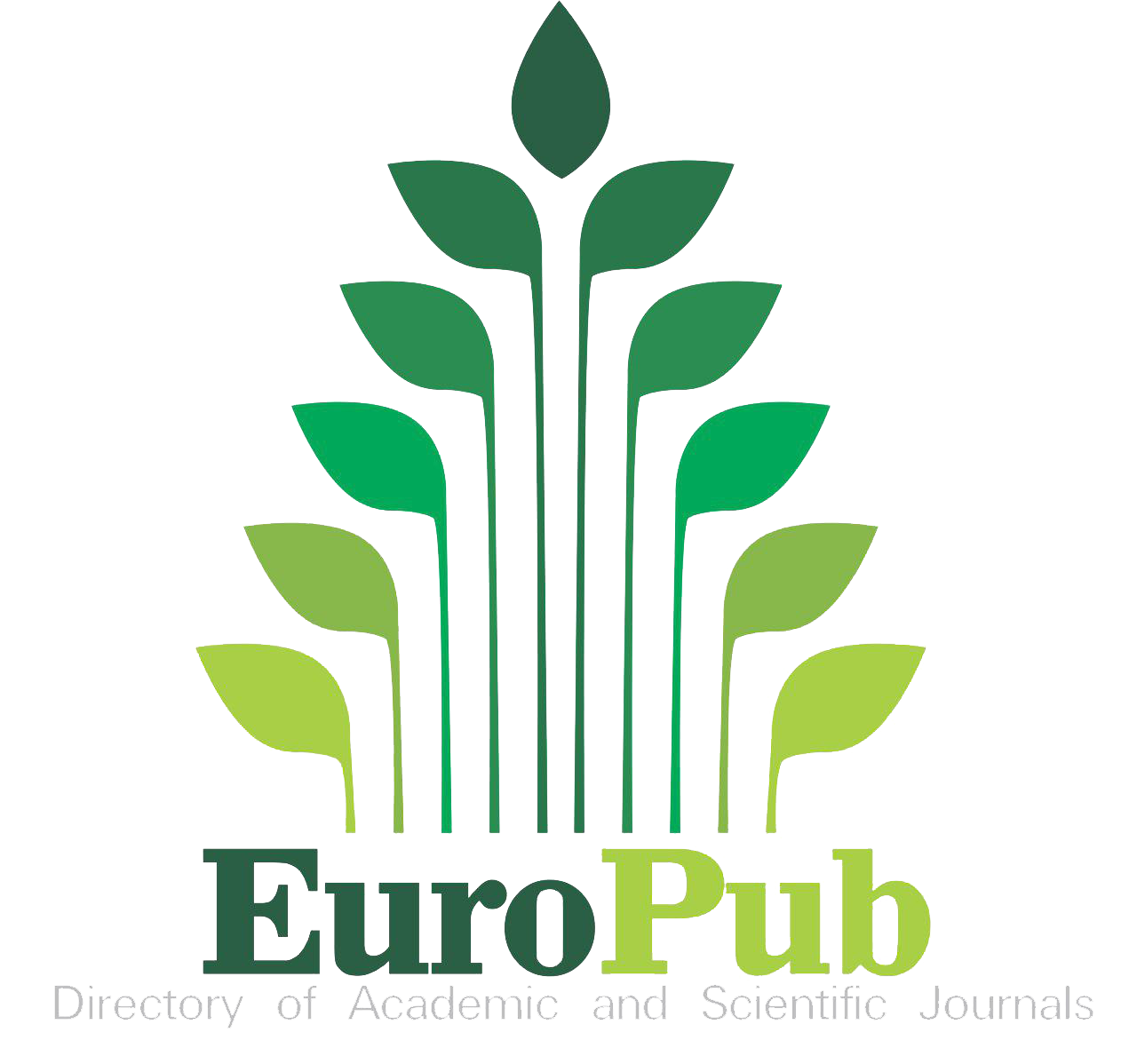Social Transparency in the Fashion World
Fashion Brands vs. Fashion Media
DOI:
https://doi.org/10.13136/2281-4582/2025.i25.1509Keywords:
fashion brands, fashion media, social transparency, corpus analysisAbstract
As a major player in the world economy, the fashion industry has a wide-reaching impact on the lives of people around the world and is also intertwined with a number of pressing environmental and social themes including climate change, working conditions, diversity, inclusion, human rights, and animal welfare. For this reason, fashion brands are keen to highlight their actions to address such concerns, while seeking to enhance perceptions of transparency, convey an image of trustworthiness, and distinguish themselves from competitors.
This paper investigates how fashion brands communicate social transparency in relation to key environmental and social themes trending in the fashion world. It aims to identify which themes are the most prominent and how these may differ from those promoted by the fashion media that have a crucial role in driving awareness of and ongoing interest in them. A corpus consisting of the sustainability reports of fashion brands was compared to a complementary dataset of textual material relating to social transparency extracted from the website communications of a global fashion media company. Both the fashion brand corpus and the fashion media dataset were submitted to semantic and lexical analysis with corpus software, using both quantitative and qualitative methods. The results indicate that the fashion brands placed considerably more emphasis on the environmental aspects of social transparency linked to manufacturing processes, while the fashion media company provided much greater visibility to social issues such as diversity, inclusion, and human rights. The findings can be applied in instructional settings in the areas of business communication and fashion writing to help learners acquire skills useful for producing texts that promote social transparency.
References
Ball, Carolyn. “What is Transparency?” Public Integrity 11.4 (2009): 293-308.
Baraibar-Diez, Elisa and Ladislao Luna Sotorrío. “The Mediating Effect of Transparency in the Relationship between Corporate Social Responsibility and Corporate Reputation.” Revista Brasileira de Gestão de Negócios 20 (2018): 5-21.
Bondi, Marina. “CSR Reports in English and Italian: Focus on Generic Structure and Importance Markers.” Language for Specific Purposes: Research and Translation Across Cultures and Media. Edited by Giuliana E. Garzone, Dermott Heaney and Giorgia Riboni. Cambridge: Cambridge Scholars Publishing, 2016. 168-199.
Cairns, Hannah May, Elaine L. Ritch, and Claire Bereziat. “Think Eco, Be Eco?: The Tension between Attitudes and Behaviours of Millennial Fashion Consumers.” International Journal of Consumer Studies 46.4 (2022): 1262-1277.
Christensen, Lars Thøger and George Cheney. “Peering into Transparency: Challenging Ideals, Proxies, and Organizational Practices.” Communication Theory 25.1 (2015): 70-90.
Crawford Camiciottoli, Belinda. “‘All those Elvis-Meets-Golf-Player Looks’: A Corpus-assisted Analysis of Creative Compounds in Fashion Blogging.” Discourse, Context and Media 12 (2016): 77-86.
---. “‘My Almost-Leggings-so-I’m-Kind-of-Cheating Jeans’: Exploring Hyphenated Phrasal Expressions in Fashion Discourse” Text & Talk 39.1 (2019): 1-24.
Denisova, Anastasia. Fashion Media and Sustainability Encouraging Ethical Consumption via Journalism and Influencers. CAMRI Policy Briefs 6. London: University of Westminster Press, 2021.
Entwistle, Joanne. “Sustainability and Fashion.” Routledge Handbook of Sustainability and Fashion. Edited by Kate Fletcher and Mathilda Tham. London: Routledge, 2014. 25-32.
European Commission. “Sustainability Is the Buzzword When it Comes to Fashion: Our New EU Textiles Strategy Will Help the Sector Become More Sustainable and Circular, with the Green Transition Bringing New Opportunities. Our #EUDataCrunch Highlights Why this Matters.” Twitter, 30 March 2022, 12:28 pm. https://twitter.com/EU_Commission/status/1509115295025225729. Last visited 09/12/2023.
Fashion Revolution CIC. Fashion Transparency Index 2020. London: Fashion Revolution CIC, 2020.
Fetzer, Anita. “Media Discourse in Context.” Contemporary Critical Discourse Studies. Edited by Christopher Hart and Piotr Cap. London: Bloomsbury Academic, 2014. 365-384.
Fletcher, Kate and Mathilda Tham. “Introduction.” Routledge Handbook of Sustainability and Fashion. Edited by Kate Fletcher and Mathilda Tham. London: Routledge, 2014. 1-11.
Godart, Frédéric. Unveiling Fashion: Business, Culture, and Identity in the Most Glamorous Industry. Houndmills: Palgrave Macmillan, 2012.
Hauge, Atle. Dedicated Followers of Fashion: An Economic Geographic Analysis of the Swedish Fashion Industry. Dissertation. Kulturgeografiska Institutionen, 2007.
Herzig, Christian and Stefan Schaltegger. “Corporate Sustainability Reporting.” Sustainability Communication: Interdisciplinary Perspectives and Theoretical Foundation. Edited by Jasmin Godeman and Gerd Michelson. Dordrecht: Springer, 2011. 151-169.
Jackson, Gregory, et al. “Mandatory Non-financial Disclosure and its Influence on CSR: An International Comparison.” Journal of Business Ethics 162.2 (2020): 323-342.
Kim, Yunjeong and Kyung Wha Oh. “Which Consumer Associations Can Build a Sustainable Fashion Brand Image? Evidence from Fast Fashion Brands.” Sustainability 12.5 (2020): 1-16.
Koskela, Merja. “Disclosing Principles of IR Communication: Rhetorical Moves for Constructing Transparency.” International Journal of Business Communication 55.2 (2018): 164-193.
Lynge-Jorlén, Ane. “Between Frivolity and Art: Contemporary Niche Fashion Magazines.” Fashion Theory 16.1 (2012): 7-28.
Manley, Claudia and Abi Slone. Fashion Writing: A Primer. New York: Routledge, 2022.
McRobbie, Angela. Art World, Rag Trade or Image Industry?: A Cultural Sociology of British Fashion Design. Dissertation. Loughborough University, 1998.
Moeran, Brian. “A Japanese Discourse of Fashion and Taste.” Fashion Theory 8.1 (2004): 35-62.
Mora, Emanuela, Agnès Rocamora and Paolo Volonté. “On the Issue of Sustainability in Fashion Studies.” International Journal of Fashion Studies 1.2 (2014): 139-147.
Pike, Andy. “Economic Geographies of Brands and Branding.” Economic Geography 89.4 (2013): 317-339.
Rayson, Paul. “From Key Words to Key Semantic Domains.” International Journal of Corpus Linguistics 13.4 (2008): 519-549.
Salvi, Rita and Judith Turnbull. “Introduction.” The Discursive Construal of Trust in the Dynamics of Knowledge Diffusion. Edited by Rita Salvi and Judith Turnbull. Cambridge: Cambridge Scholars Publishing, 2017. xiv-xxii.
Shrivastava, Rashi. The Role of Newsletters in the Future of Independent Journalism. Thesis. University of Missouri, 2022.
Solomon, Michael R. and Nancy J. Rabolt. Consumer Behaviour in Fashion. Upper Saddle River: Prentice Hall, 2004.
Stibbe, Arran. “Ecolinguistics and Economics: The Power of Language to Build Worlds.” WEA Commentaries 10.3 (2020): 2-7.
Su, Jin and Xiao Tong. “An Empirical Study on Chinese Adolescents’ Fashion Involvement.” International Journal of Consumer Studies 44.3 (2020): 232-242.
Tammelin, Maija. “Learning to Communicate CSR: A Challenge for Business Communication Teaching.” The Ascent of International Business Communication. Edited by Leena Louhiala-Salminen and Anne Kankaanranta. Helsinki: Helsinki School of Economics, 2009. 241-250.
United Nations Economic Commission for Europe. “Fashion Is an Environmental and Social Emergency, but Can Also Drive Progress towards the Sustainable Development Goals.” unece.org 1 March 2018. https://unece.org/forestry/news/fashion-environmental-and-social-emergency-can-also-drive-progress-towards. Last visited 09/12/2023.
---. “UN Alliance Aims to Put Fashion on Path to Sustainability.” unece.org 12 July 18. https://unece.org/forestry/press/un-alliance-aims-put-fashion-path-sustainability. Last visited 09/12/2023.
Williams, Cynthia. “Text of Remarks on Panel: Codes of Conduct and Transparency.” Hastings International and Comparative Law Review 24 (2000): 415-422.
Wolbers, Marian, F. Uncovering Fashion: Fashion Communications across the Media. New York: Fairchild Books, 2009.
Downloads
Published
Issue
Section
License
Copyright (c) 2025 Belinda Crawford Camiciottoli

This work is licensed under a Creative Commons Attribution 4.0 International License.
Iperstoria is an Open Access journal.
- Authors retain copyright and grant the journal right of first publication with the work simultaneously licensed under a Creative Commons Attribution 4.0 BY License that allows others to share the work with an acknowledgement of the work's authorship and initial publication in this journal.
- Authors are able to enter into separate, additional contractual arrangements for the non-exclusive distribution of the journal's published version of their work (e.g., post it to an institutional repository or publish it in a book), with an acknowledgement of its initial publication in this journal. We kindly ask authors to inform us of any instances of re-publication.







